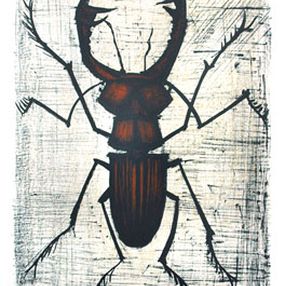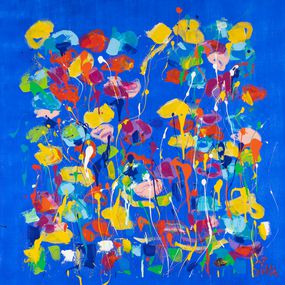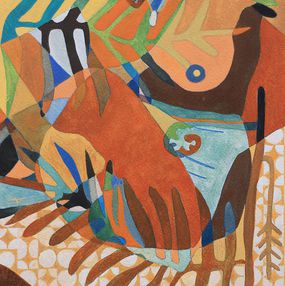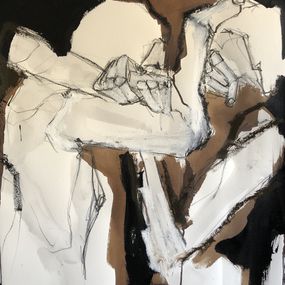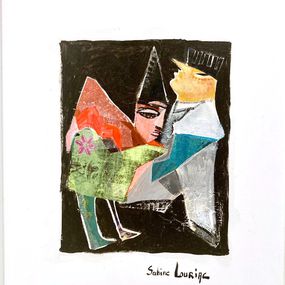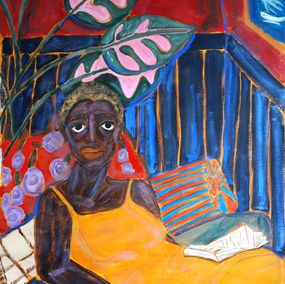
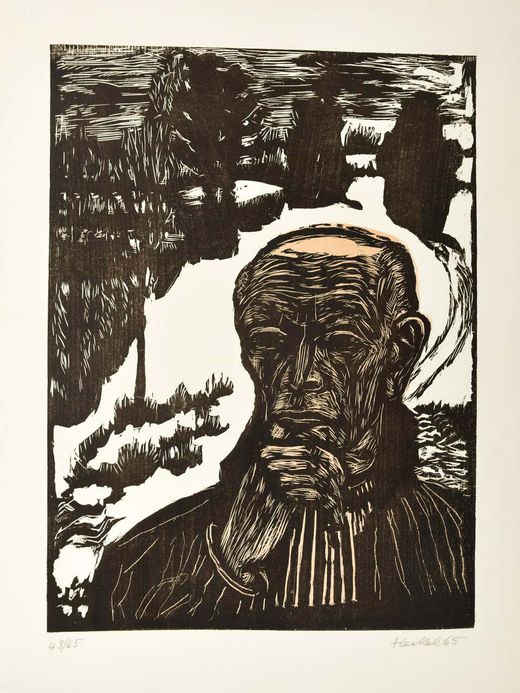
Biography
Erich Heckel, born in 1883 was a prominent German expressionist painter and printmaker. He is known for co-founding the influential artistic group Die Brücke (The Bridge) in Dresden in 1905. Heckel initially pursued architectural studies before dedicating himself to painting.
As a key figure in the Die Brücke movement, Heckel, along with artists like Ernst Ludwig Kirchner and Karl Schmidt-Rottluff, sought to create a bridge between traditional academic art and the avant-garde. Die Brücke artists were united in their rejection of established norms, opting instead for bold colors, distorted forms, and emotional intensity to convey the anxieties and tensions of the early 20th century.
Heckel's work often centered on figures, landscapes, and urban scenes, depicting the human experience with a raw and emotive quality. His woodcuts and lithographs showcased a masterful command of printmaking techniques, contributing significantly to the movement's graphic output.
The rise of the Nazi regime in Germany labeled Heckel's work as "degenerate art," leading to the confiscation and removal of his pieces from public collections. Post-World War II, Erich Heckel continued to paint, exhibit, and teach art. His later works displayed a shift towards more serene and contemplative themes. He passed away on January 27, 1970, leaving behind a legacy as a trailblazer in German expressionism, celebrated for his pivotal role in shaping the visual language of the movement.
Nationality
Categories
Artistic movements
Themes









